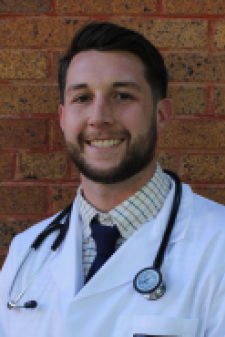Beight, Robert L.
2951 Maple Avenue
Zanesville, OH 43701
United States
301 Dr. Mike Clouse Dr, Ste 2
Somerset, OH 43783
United States
1998 - 2002 Muskingum University,2002 - 2006 Ohio University
2006 - 2010 St. Joseph Health Center
Emergency Medicine









